Latest News
Calling all lawn and garden people! This fall, be part of a healthier urban forest and a happier watershed. We want you to try something new: keep the rake, blower, and gas can in the shed and let the leaves lie. Read on for reasons why, some leaf management tips, and how to responsibly dispose of the extra.
What started as a conversation over Columbo’s pizza with Commissioner Cunningham eight years ago has now come full circle. Late on Tuesday, September 9th, that same commissioner—now Mayor Cunningham—led the charge to unanimously adopt the most progressive wetland code in Montana.
September’s Watershed Spotlight is Russell Conti, a graduate student at Montana State University and a River R.A.T. rockstar! Read on to learn about his passion and vision for the Lower Gallatin Watershed.
Public policy is shaped by those who show up. But it’s also pretty intimidating… right? It doesn’t have to be! If you’re passionate about an issue and know what to expect, giving public comment can feel more rewarding and empowering than scary.
Wild Joe*s and Paridae truly do it all — from protecting local water, to supporting clean energy, and to reducing waste. See how these small businesses are giving back in big ways in the blog!
In July, GWC is highlighting Gallatin Stream Teams volunteer Kim Fauls! Read on to learn why Kim loves living and volunteering in the Gallatin Valley.
GWC and our volunteers have been busy planting at our restoration sites this spring. Much of this work has been possible because of our new volunteer program, the River R.A.T.s (Restoration Action Team). This year, 45 community members committed to showing up throughout the season and were trained to plant trees, cut willow stakes, and build beaver mimicry structures. Their familiarity with these restoration techniques has helped us get more done, improve the quality of our work, and bring added leadership to planting and maintenance events. They were joined by seven businesses and organizations and many individual volunteers. Together, this dedicated group contributed over 1,000 hours of work along our streams and city parks, planting over 450 trees and shrubs and harvesting and staking 10,000 willow cuttings.
So why are we spending so much time on revegetation?
From planting over 6.5 million trees worldwide to leading as a certified B Corp, Oboz truly walks the talk. Want to learn more about Oboz’s sustainability initiatives? Check out the blog!
May’s Watershed Profile features volunteer and River R.A.T. Jessie Thompson! Find out what inspires Jessie to volunteer and what she loves about the Lower Gallatin Watershed.
Volunteers showed up and showed out at the Spring Gallatin Watershed Cleanup! Read about the impact they had on our watershed and community.
Stormwater is one of those things that we don’t often think about, but the pollution it carries has significant impacts on our local streams, rivers, ponds, and lakes. Most of this pollution is coming from our everyday actions, so let’s do our part to care for our watershed.
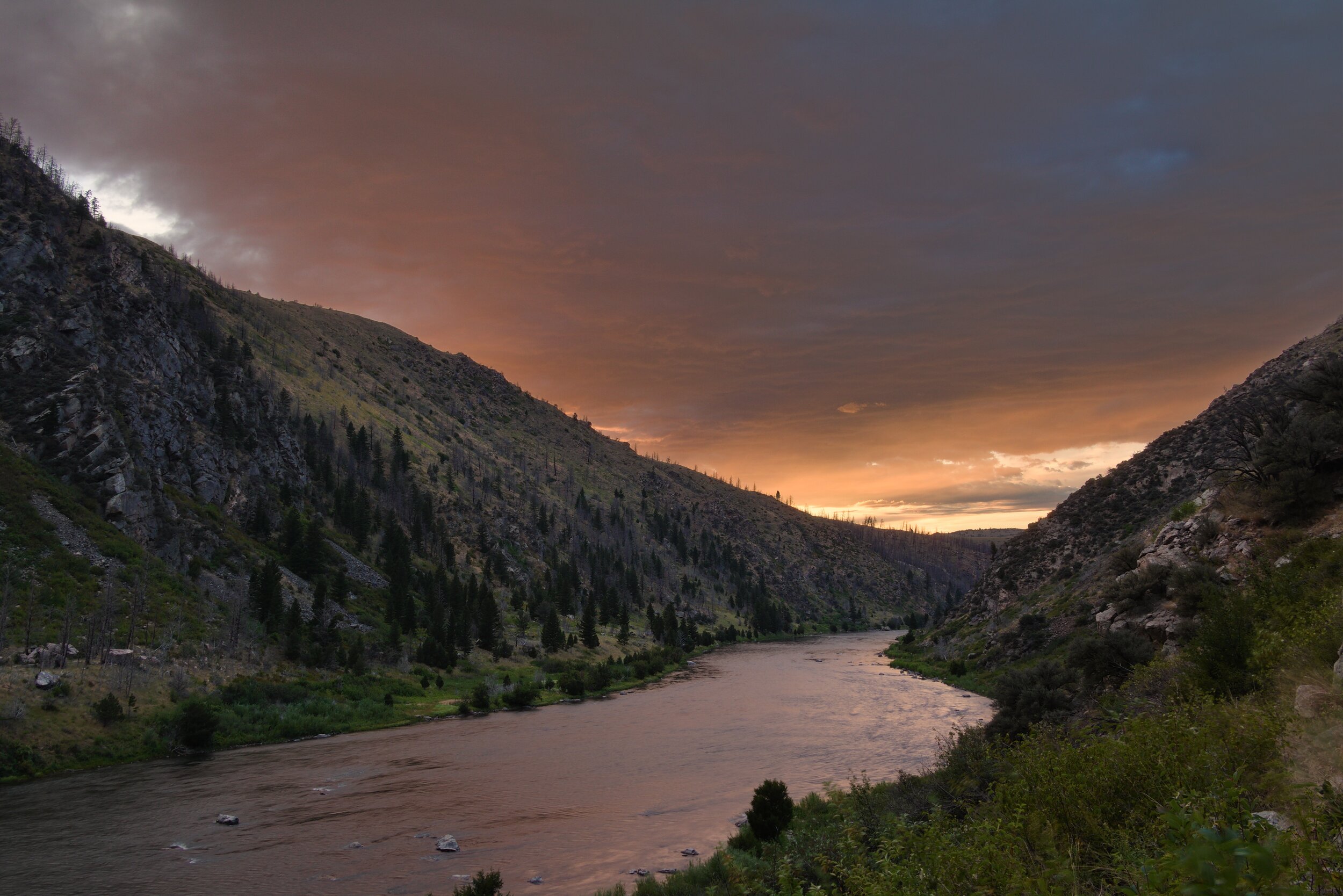
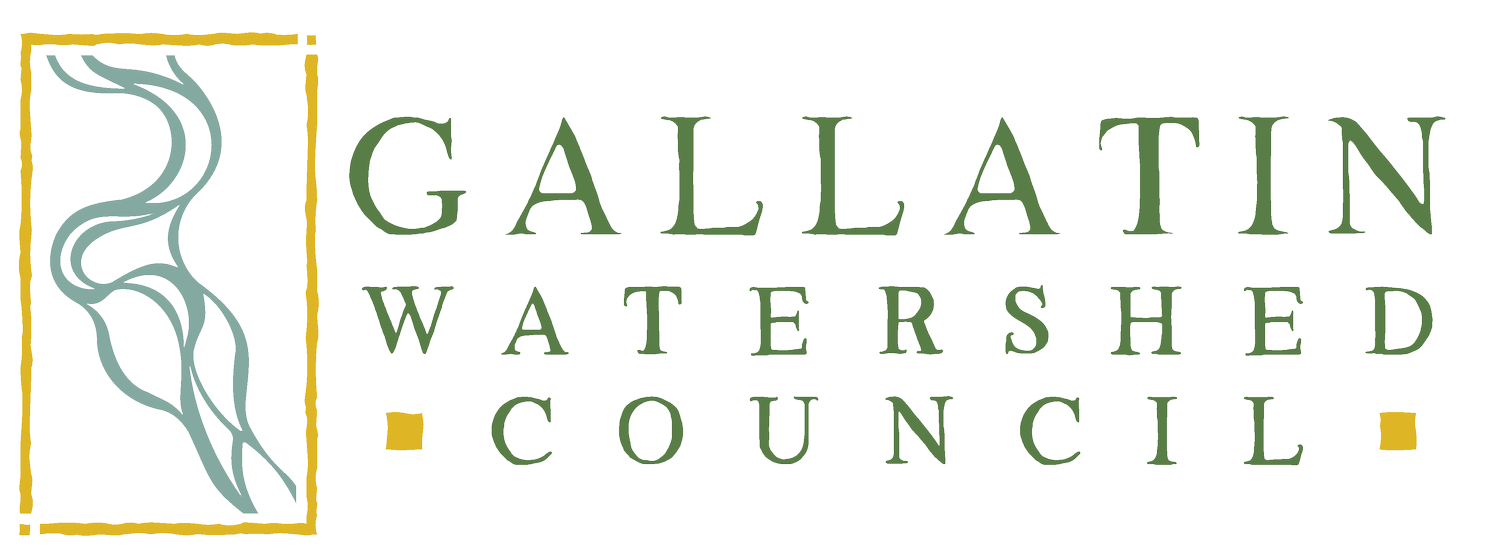









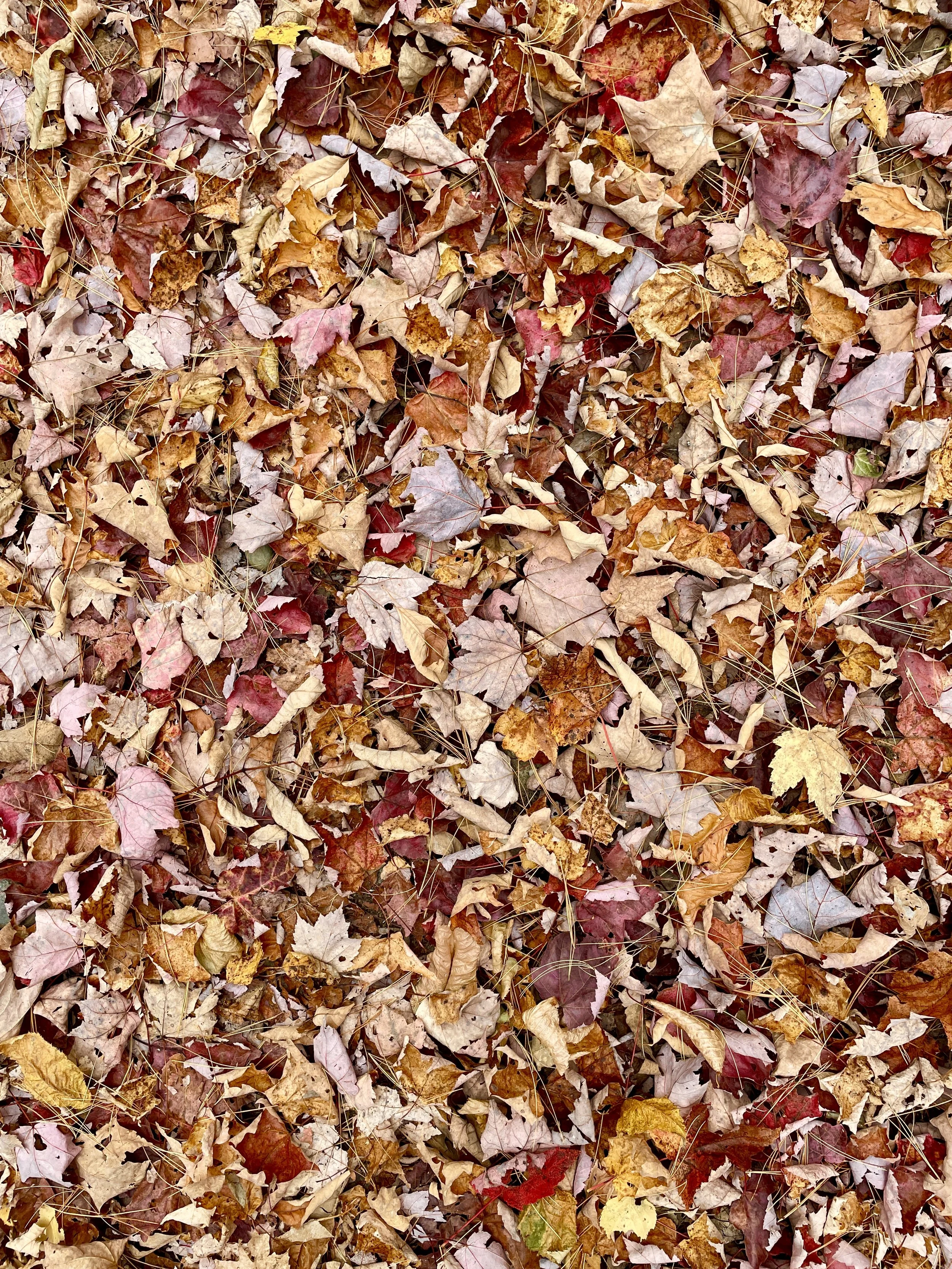

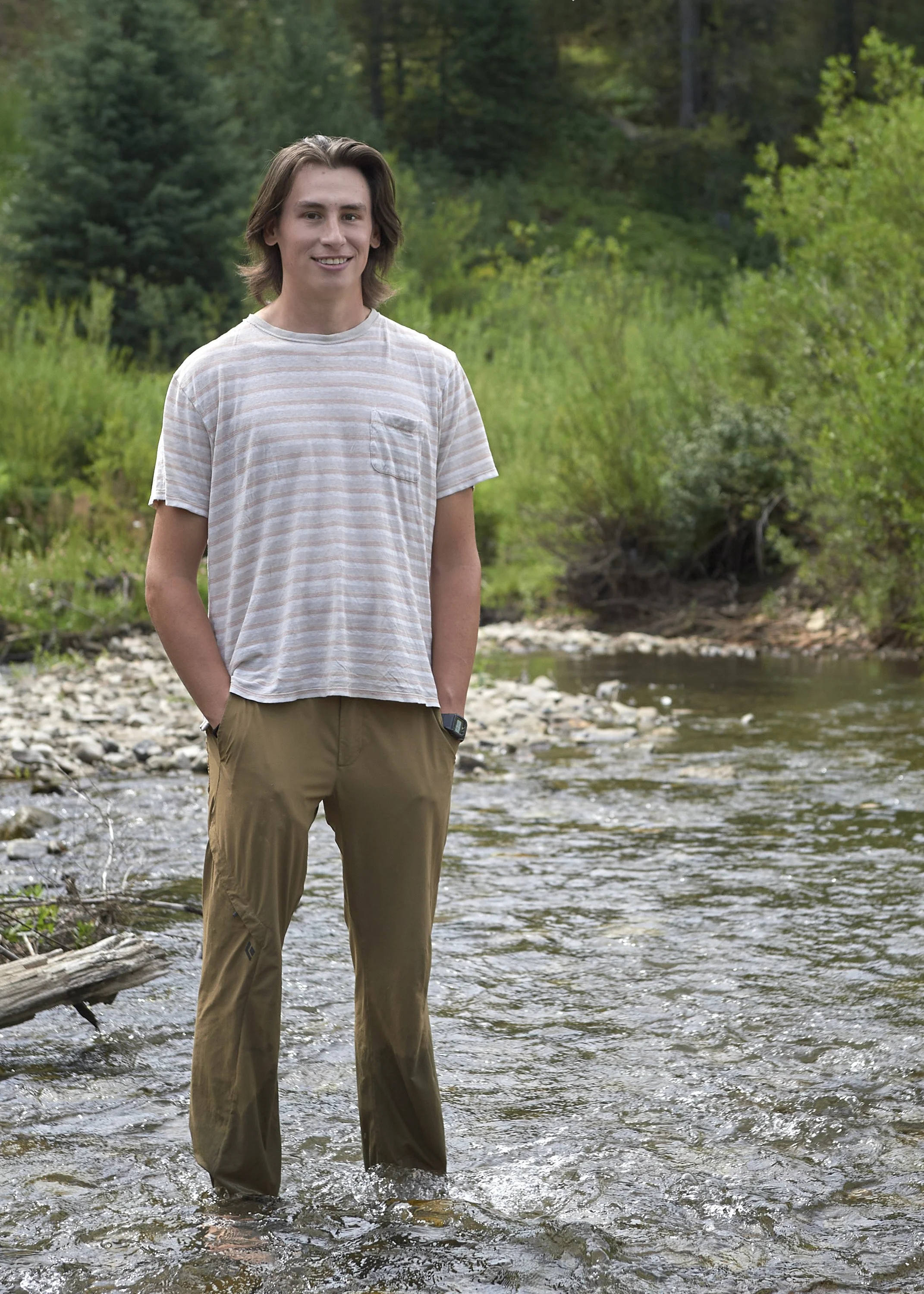


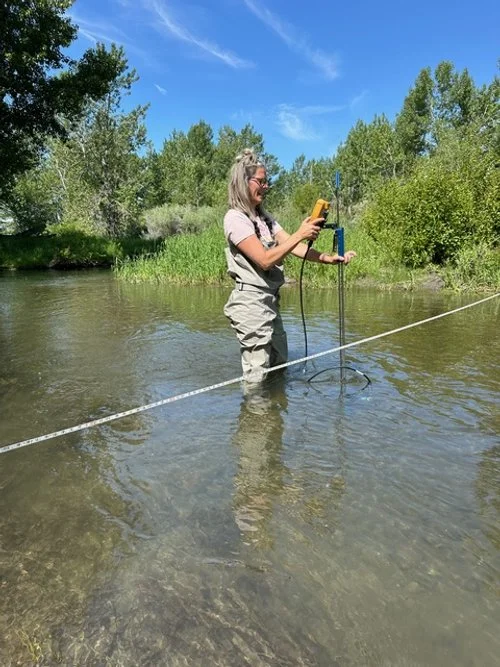





Take a deep dive into one of Bozeman’s core local businesses! Lockhorn Cider prioritizes local ingredients and community engagement each step of the way. Read on to learn more about their commitment to the Lower Gallatin Watershed!